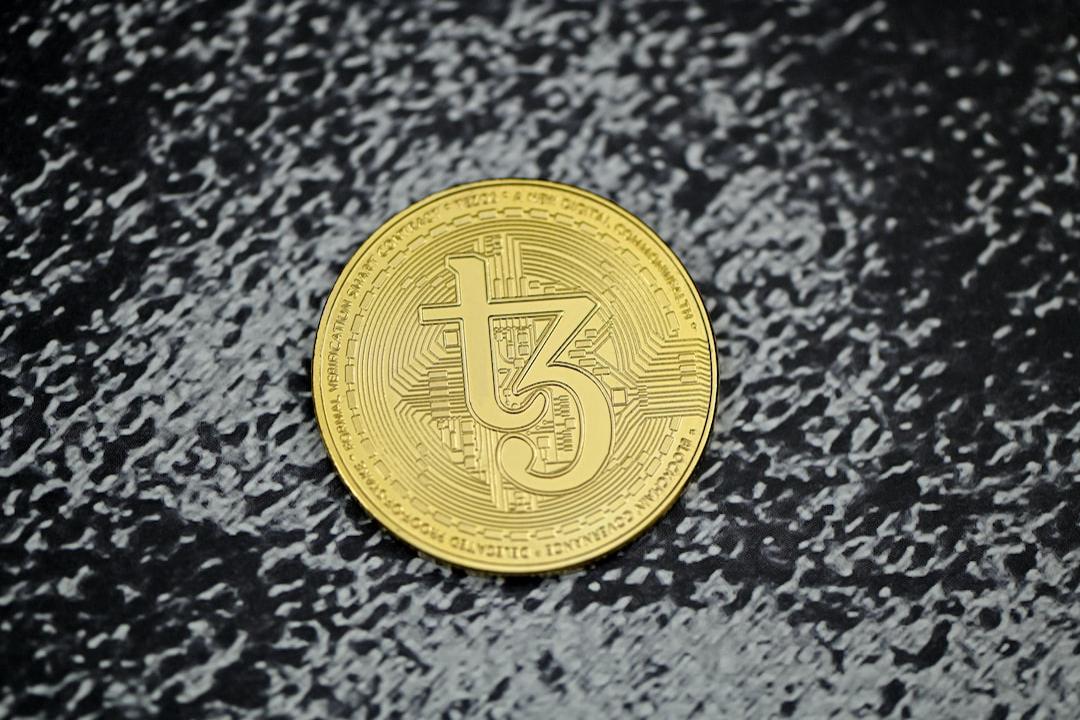With the popularity of Bitcoin and the development of the Bitcoin ecosystem, Bitfinity, a Bitcoin Layer2 project closely related to EVM technology, has recently gained attention and is currently valued at 130 million US dollars.
Recently, the Bitcoin Layer2 project Bitfinity announced that it has raised a total of 7 million US dollars in funding, with investors including Polychain Capital, ParaFi Capital, Warburg Serres, Dokia Capital, and Draft Ventures. This funding was divided into two parts, including a seed round of financing of about 1 million US dollars in 2021, and a growth round of financing completed in June last year. Both rounds of financing were token financing, bringing Bitfinity’s valuation to 130 million US dollars.
Currently, Bitfinity is in the testnet stage and plans to launch its mainnet later this month or in early February.
According to Max Chamberlin, co-founder of Bitfinity, the announcement of the funding was intended to generate excitement and attention before the official launch of the network’s mainnet. As an emerging Bitcoin Layer2 solution, Bitfinity’s development is closely related to EVM technology.
The Bitfinity Network EVM is built on the Internet Computer (IC), a blockchain compatible with Ethereum, and uses the Solidity language. Thanks to IC’s unique architecture and Chain Key technology, Bitfinity Network EVM is more efficient in its implementation of EVM on the blockchain compared to traditional methods on other blockchains. It has storage capacity and processing speed comparable to traditional web services on the chain, without the need to pay any gas fees.
By being EVM compatible, Bitfinity allows developers familiar with Ethereum programming environments to build decentralized applications (dApps) that can interact with Bitcoin, unlocking a wide range of new applications and use cases for Bitcoin.
With Bitfinity, developers can deploy Bitcoin, Ordinals, and BRC-20 smart contracts written in Solidity. This will contribute to the practicality of Bitcoin, especially in the DeFi field, which has long been dominated by Ethereum.
The architecture of Bitfinity Network EVM consists of four key components:
1. EVM API container: The container (Canister) is similar to the smart contract container on IC. The EVM API container serves as the entry point of the system, receiving requests from Ethereum clients and IC agents. Once these requests are received, they are batch processed into a pending transaction pool.
2. EVM execution container: After the EVM API processes incoming requests into a pending transaction pool, the EVM execution container handles these transactions, updates the global EVM state, and updates the Blockchain container accordingly.
3. Blockchain canisters: These contain the structure of Ethereum chain blocks and are stored in a stable storage container within IC. The current capacity limit of each container is 48GB, and the project plans to increase the storage to 1TB, allowing InfinitySwap to store all its data on-chain in one container.
4. Signature Verifier canisters: These canisters are used to verify the signatures used to verify Ethereum transactions, which is a computationally expensive task. They are executed in a dedicated canister pool to avoid excessive computation in the EVM API container.
By optimizing transaction throughput through signature verification and transaction batching, Bitfinity Network EVM executes transactions faster than the Ethereum mainnet. These optimizations have high costs due to encryption and IO operations. Bitfinity Network EVM executes fully on-chain, with code and data executed in WebAssembly.
WebAssembly is a single-threaded execution environment, and its parallel computation is achieved through a multi-canister architecture, which is why Bitfinity Network EVM can execute quickly.
In addition, Bitfinity Network EVM has undergone extensive testing, with high coverage of core modules. The Retest integration test suite is used to ensure the correctness of the JSON RPC interface and EVM execution. Bitfinity Network EVM leverages existing Ethereum libraries such as REVM, Retest, canister-sdk, and IC’s stable storage to make full use of existing Ethereum libraries.
Bitfinity Network EVM also plans to integrate the Ethereum network and other EVM-compatible chains by running lightweight clients on IC. This will require changes to the network protocol to interface with all nodes on other chains and synchronize the entire blockchain. It supports connecting ICRC-1 tokens and ERC777/ERC20 tokens, as well as Bitcoin as an ICRC-1 token.
In terms of tokens, BITFINITY is the official project governance token approved by Bitfinity DAO and is the native token of Bitfinity EVM. The total supply is 1 billion, and it is an ERC-20 token. The allocation rules are as follows:
– Community Treasury: 20%
– Governance DAO: 35%
– Long-term incentives: 16%
– Seed round: 5%
– Growth round: 8%
– Growth and liquidity programs: 16%
– Grants: 3%
– Growth and partnership: 3%
– Locked liquidity: 10%
As for the question of whether there will be an airdrop, the official has not released any specific plans yet, but there may be an airdrop to test users after the mainnet is officially launched. Interested readers can continue to follow for updates.
Further reading:
– The Unbelievable Triangle of Bitcoin Layer2: Overcoming the Impossible
– Waterdrip Capital Report: The Past, Present, and Future of Bitcoin Layer2
– Bitcoin Layer2 Ecosystem: Which Rollups Scaling Solution has the Most Potential?
– From BTC Lightning Network to Layer2: Who is Behind the Scenes of Bitcoin Ecosystem?


